Growing the Exotic Cashew Apple in Florida
In Florida, adding something exotic to your garden can be a rewarding experience, especially when it comes to planting a cashew tree. This hardy plant not only produces unique crops but also brings a taste of tropical charm right to your backyard. Originally from Brazil, Mozambique, and India, the cashew apple fruit thrives in heat and light rain, conditions that Florida often provides naturally. Watching the cashew nut and apple develop together is fascinating — the apple hangs from the bottom of the nut and slowly ripens, creating a beautiful sight in any garden. That’s why Cashew Trees in Florida are becoming increasingly popular among home gardeners who love tropical diversity.
The sweet flavor of the cashew apple reminds me of mango and pineapple, and it tastes incredible when fresh from the tree. I’ve tried using it to make jam, juice, and even wine, each version capturing a hint of that tropical sunshine. With proper planting and care, the cashew tree not only beautifies your space but also rewards you with delicious fruits that bring a piece of the tropics home.
Top 10 Tips for Growing Cashew Apple Fruit in the Florida Home Landscape
Growing Cashew Apple Successfully in Florida:

- In Florida, with its hot spots and tropical climate, growing a cashew tree adds a unique touch to any garden. Choose dwarf or disease-resistant varieties for the best-yielding results in gardens that receive full sun exposure.

- Cashew trees bear fruit within a year and a half when planting starts in spring or fall, giving them time to establish and anchor their taproot.

- The apple and nut develops together — the apple grows below the seed after pollination of the yellow flower, forming a striking display of fruiting beauty.
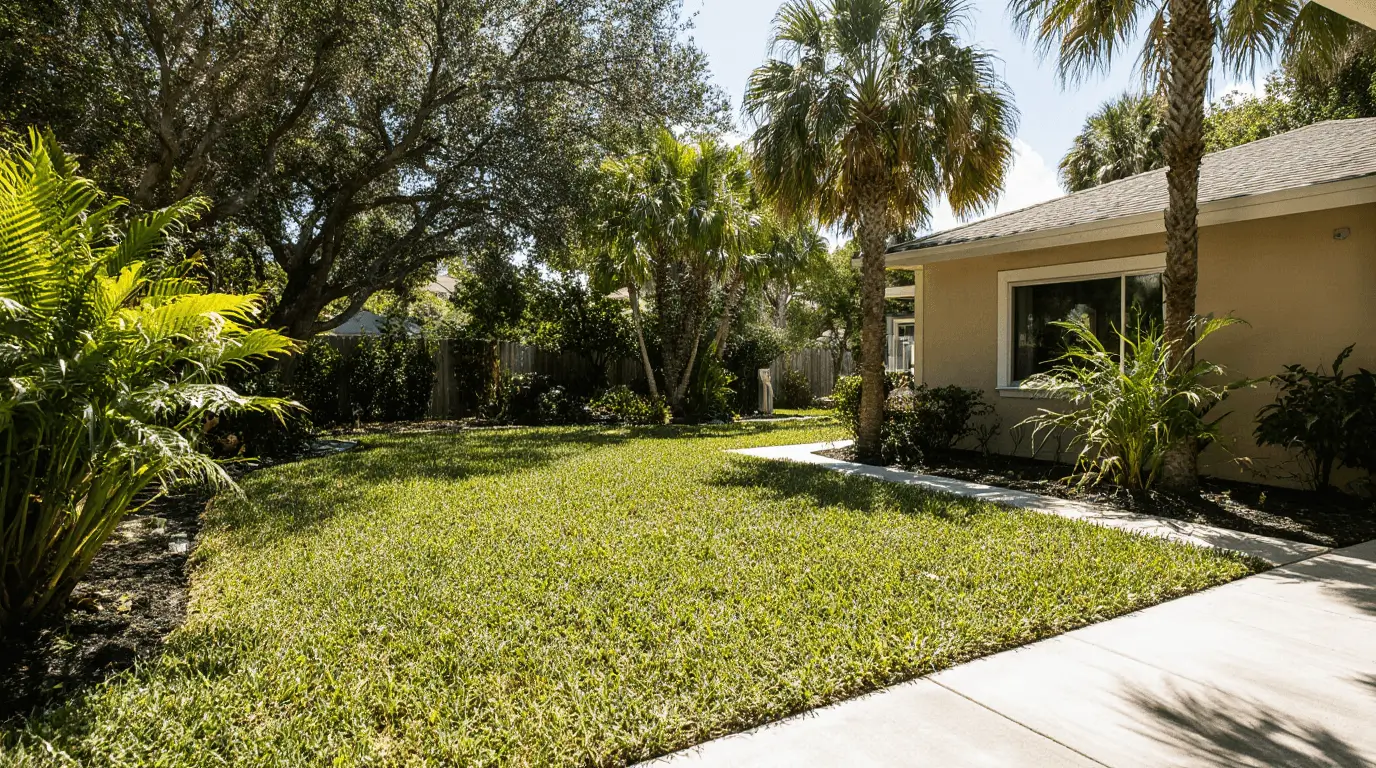
- Pick an ideal location with at least six hours of direct sunlight daily to support optimal growth.
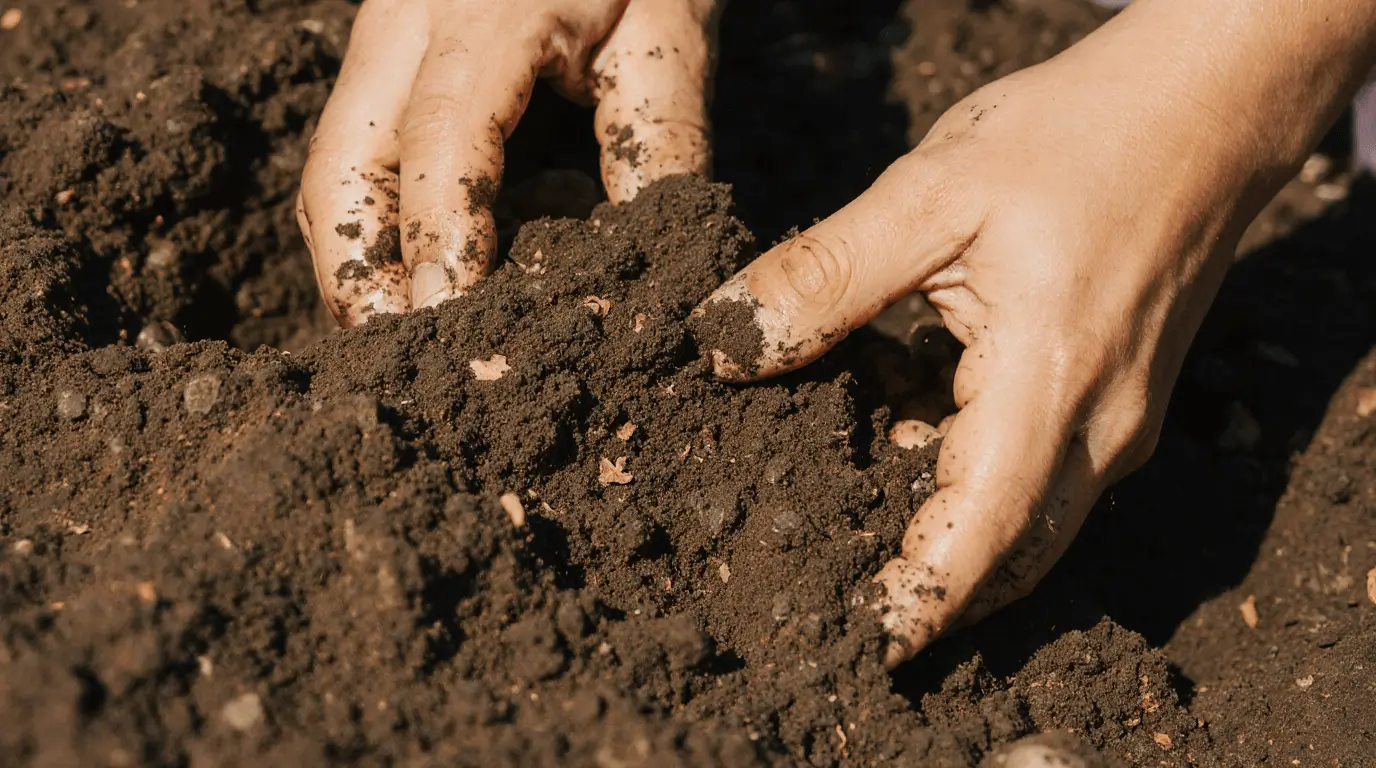
- Use well-draining soil to prevent root rot and add organic material such as compost, sandy soils, or matter that retains moisture but still drains properly.
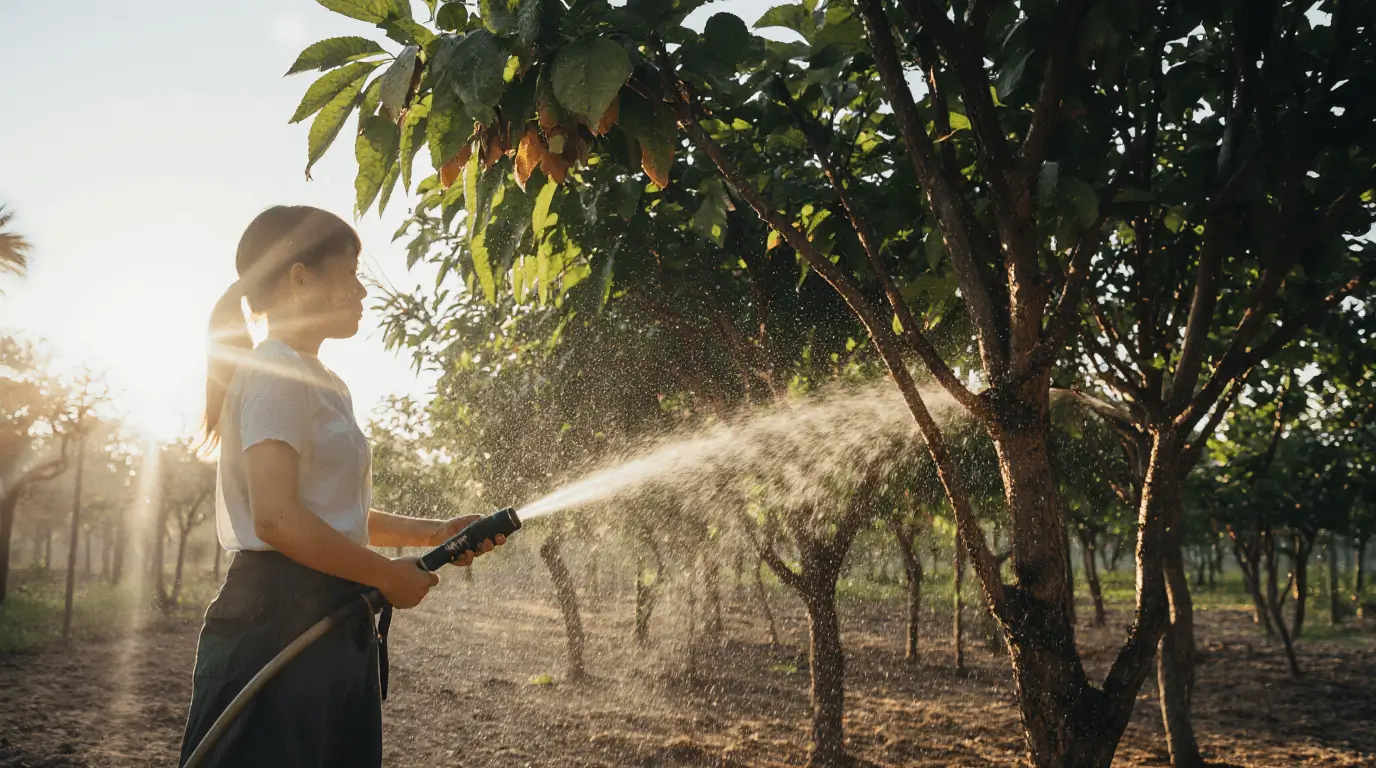
- Follow a watering schedule — water deeply and regularly, but avoid logging and fungal disease. During dry spells, rely on irrigation to keep roots healthy and hydrated.
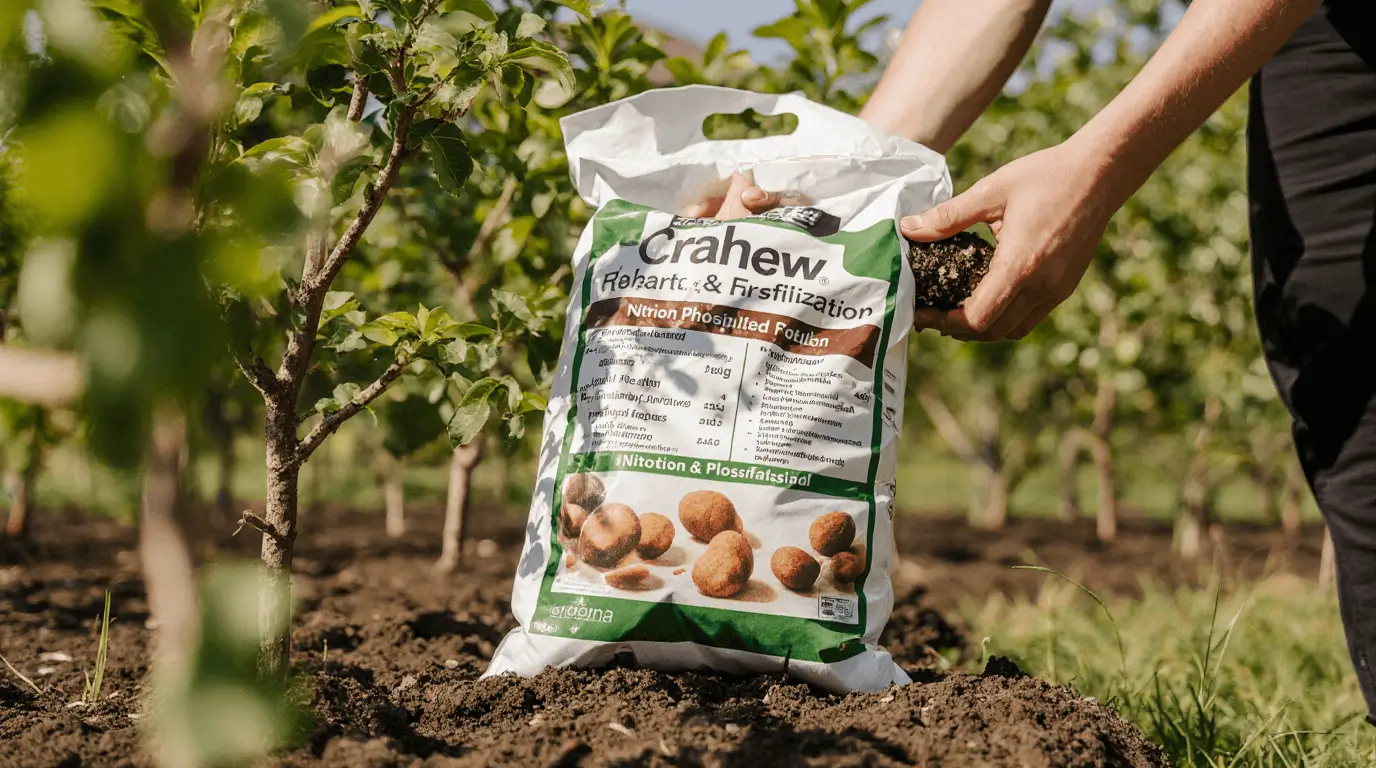
- For strong production, apply fertilization with a balanced, slow-release fertilizer rich in nitrogen, phosphorus, and potassium during the growing season (usually February and June). This helps enhance fertility, nutrients, and steady growth.
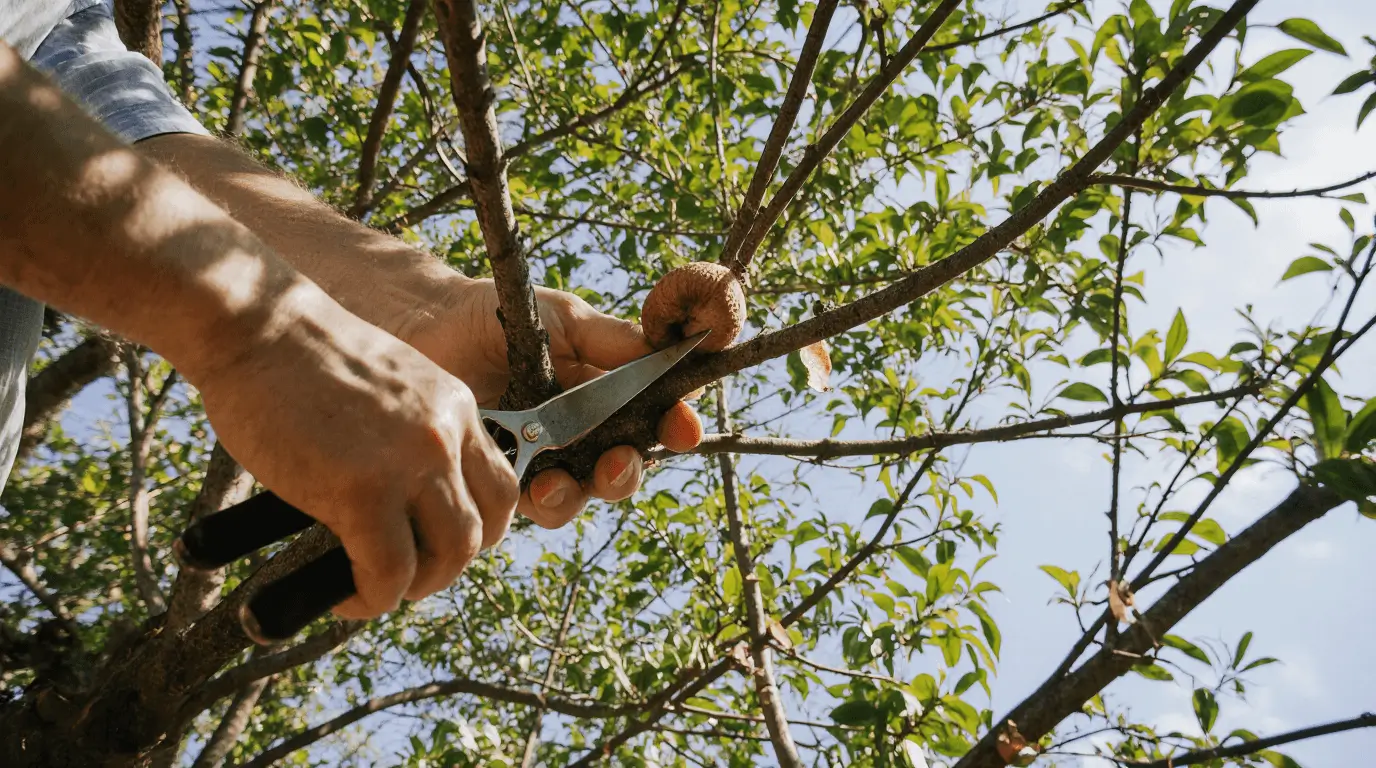
- Practice pruning to shape the tree, removing dead or diseased branches to improve air circulation and light penetration. Don’t over-prune, as it may affect fruiting.

- Keep pest management in check — monitor for pests like weevil or flies, and use biological controls such as ladybugs, lacewings, or Bacillus thuringiensis (Bt) spray to protect the ecosystem.
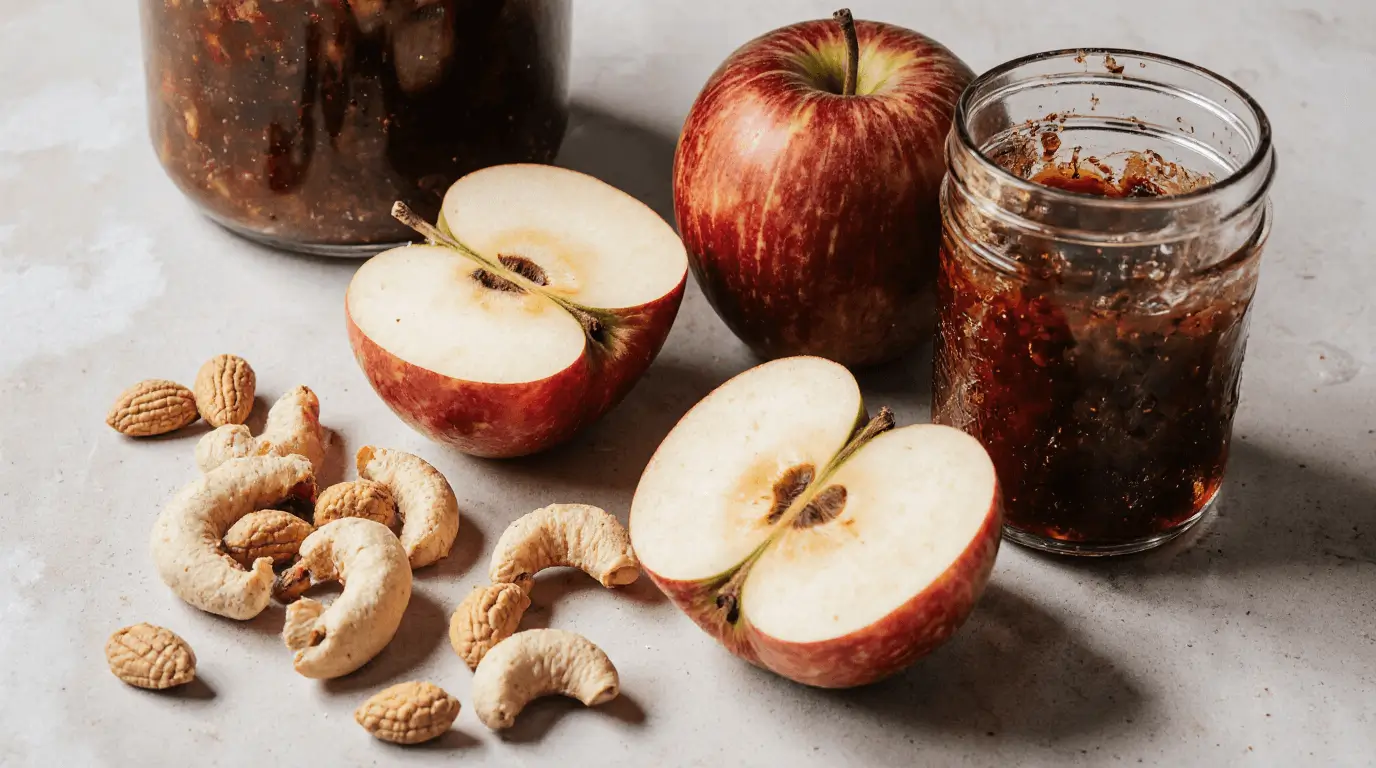
- At harvest time, look for vivid red or yellow apples, brightly colored, ripe, and sweet with a tangy flavor like mango or pineapple. Handle them carefully, store refrigerated for up to two weeks, or process safely into juices, jams, chutneys, preserves, and other nutritious treats.
Read Also: Tropical Fruit Trees: Grow Exotic Paradise at Home (Grow Guide)
Conclusion
Growing a cashew tree in Florida is more than just adding a tropical touch — it’s a rewarding gardening adventure that brings color, flavor, and sustainability right to your backyard. With the right balance of sunlight, drainage, and consistent care, your tree will reward you with vibrant cashew apples and nutritious nuts in as little as a year and a half. Whether you enjoy the fruit fresh, turn it into juice, or make homemade jam, cultivating this exotic plant connects you directly to the beauty and abundance of the tropics — all within Florida’s warm embrace.

FAQs About Growing Cashew Trees in Florida
Q1: How long does it take for a cashew tree to produce fruit in Florida?
Cashew trees in Florida typically begin producing fruit within 1 to 1.5 years if planted during spring or fall and given proper care.
Q2: What’s the best location to plant a cashew tree in Florida?
Choose a sunny spot that receives at least six hours of direct sunlight daily and has well-draining soil to prevent root rot.
Q3: Can I grow cashew trees in containers or small gardens?
Yes, dwarf cashew varieties grow well in large pots or small garden spaces, provided they receive ample sunlight and regular watering.
Q4: How should I water my cashew tree?
Water deeply and consistently, especially during dry periods. Avoid overwatering to prevent fungal diseases and ensure proper root health.
Q5: What are common pests affecting cashew trees in Florida?
Watch for weevils and fruit flies. Use biological pest control methods like ladybugs or Bt spray to protect your plants naturally.
Q6: When is the best time to harvest cashew apples in Florida?
Harvest when the apples turn bright red or yellow — they’re ripe, sweet, and tangy, perfect for making juices, jams, and chutneys.
Q7: What type of fertilizer is best for cashew trees?
Use a balanced, slow-release fertilizer rich in nitrogen, phosphorus, and potassium during the growing season (February to June) for best results.


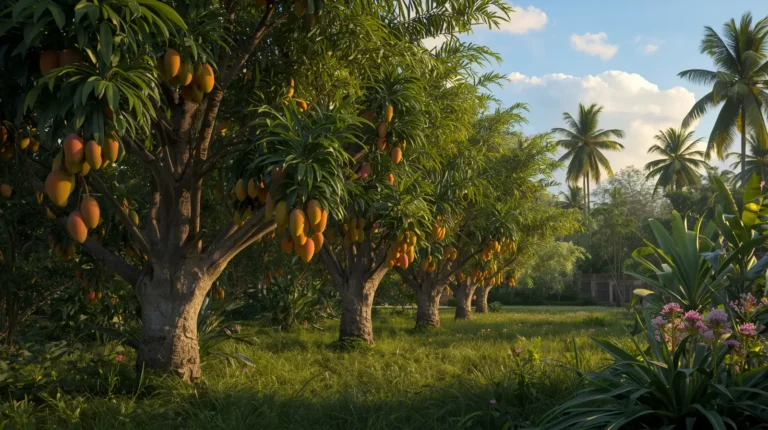
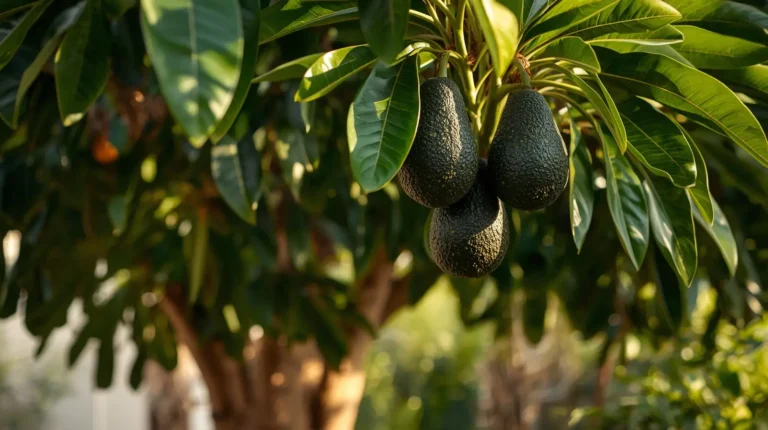

[…] Read Also: 7 Secrets to Growing Cashew Trees in Florida | Expert Tips […]